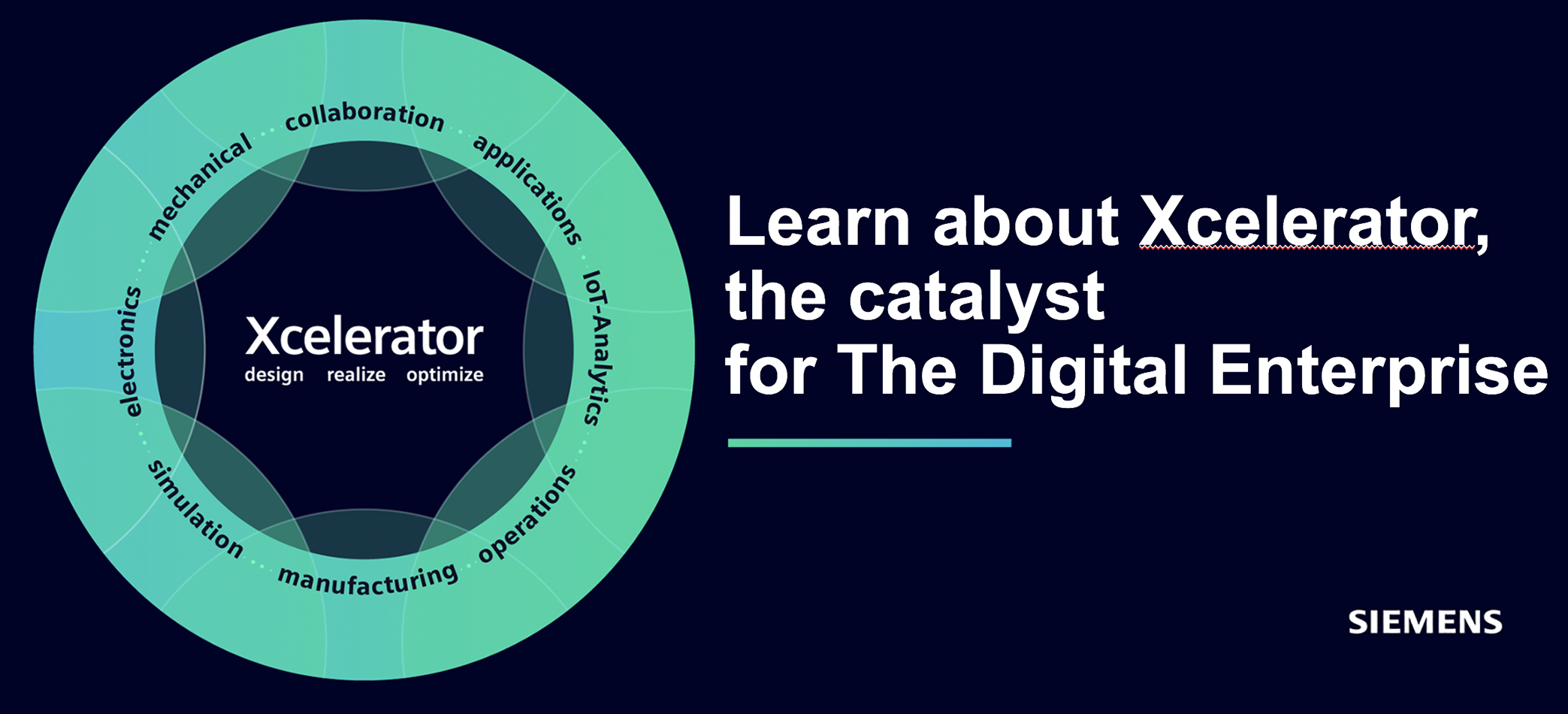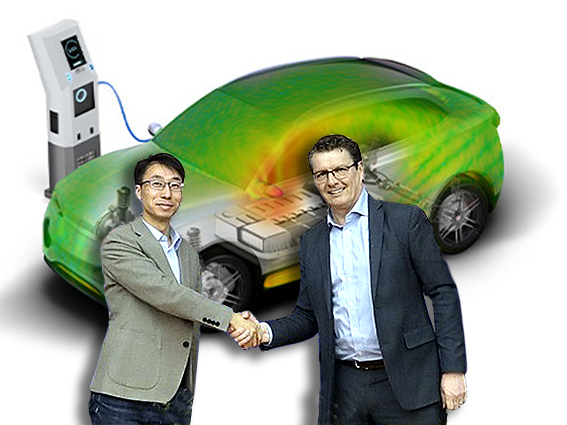The position as a commercial world leader does not prevent ESI Group from developing a series of technologically strong solutions in virtual prototyping and can be seen as a very strong player in its special areas, above all in the automotive segment. PLM&ERP News has previously reported that Volvo Group, the truck manufacturer, used state-of-the-art solutions from ESI – industrial metaverse kind of solutions – in connection with the development of one of its latest electric vehicles, the VNR Electric.
Two decades of fruitful cooperation
Commenting on the collaboration, Deng Guohui, Technical Development Director at FAW-VW, says that the collaboration between the companies is not only a milestone but two decades of fruitful collaboration:
“Today’s MoU also begins a new era of innovation in virtual vehicle simulation with ESI. This partnership means more than a formal agreement; it is a testament to our shared vision and commitment, which aims to pioneer intelligent simulation and materials research, set new industry standards and drive vehicle safety and efficiency forward.”
Francis Griffiths, EVP and Chief Revenue Officer at ESI Group, also commented on the partnership, saying:
“With over 40 years of collaboration, ESI Group and VW Group have built strong ties, including a fruitful partnership with FAW-VW since 2007. This marks a significant milestone in our commitment to advancing virtual simulation technology in the automotive sector. Together with FAW-Volkswagen, we strive to drive innovation and efficiency in intelligent simulation, material research and development.”

ESI is strong in automotive
As noted in the introduction, ESI is strong in automotive and other transport-related areas. It is also clear that automotive is the largest user side of simulation and analysis (S&A). According to CIMdata in 2023, the domain had around a 27 percent share of the market investments (based on the respective market actor’s revenues) in CAE software and services, corresponding to roughly 2.5 billion dollars of a total value that in 2023 amounted to around 10 billion dollar. The automotive segment is thus the biggest right after Aerospace and Defense, which land on just over 2 billion dollars invested.
In Europe, VW’s home country Germany is the largest investor in software and service on the CAE side with roughly 30 percent of the investment market. In Asia, Japan dominates CAE investments with just over $1.2 billion invested, with China a close second with roughly half as much investment in software and services, according to CIMdata 2023.
An industry with relatively low service revenues
An interesting observation regarding the share of the service side of each CAE player’s total revenue, the simulation and analysis area averages a low 11.5%. This is because the software revenue is therefore at about 88.5%. The S&A market thus differs from the overall PLM market in its distribution of revenues between software and
services. A good example is the cPDm segment of the PLM market where software
represents about 40% of the total revenue of the CAE market players, while services of various kinds represent 60%. For the S&A segment, services accounted for 11.5% of total revenue in 2022. This could be an indication that the user collective on the simulation and analysis side generally has a relatively better grasp of how the software should be used and interpreted.






